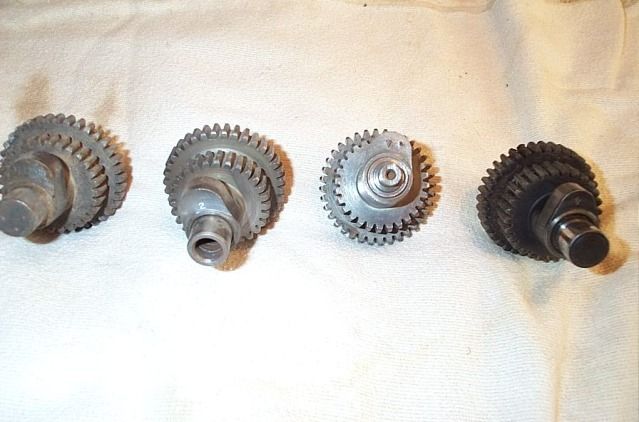Niels Abildgaard
Well-Known Member
- Joined
- Jun 13, 2010
- Messages
- 546
- Reaction score
- 98
Hello Hopper
In racing it is the cubic that give the class to race,but from a technical point of view it is much more relevant to compare mass of engines.Is it unrealistic that a flathead 750 with racing crankwebs was same mass as the 500 ccm OHC competitors in racing trim ,engine plus gearbox?
In racing it is the cubic that give the class to race,but from a technical point of view it is much more relevant to compare mass of engines.Is it unrealistic that a flathead 750 with racing crankwebs was same mass as the 500 ccm OHC competitors in racing trim ,engine plus gearbox?









